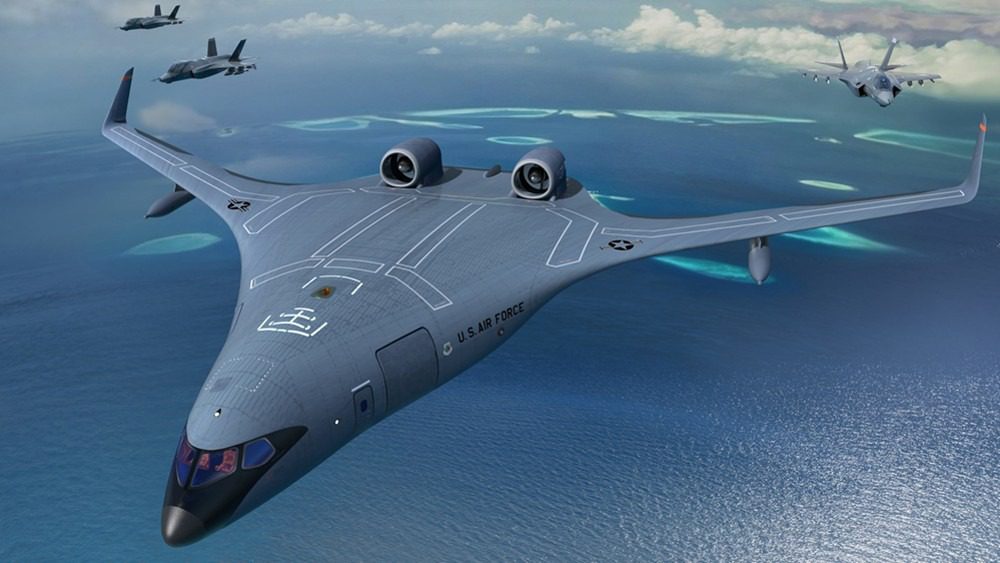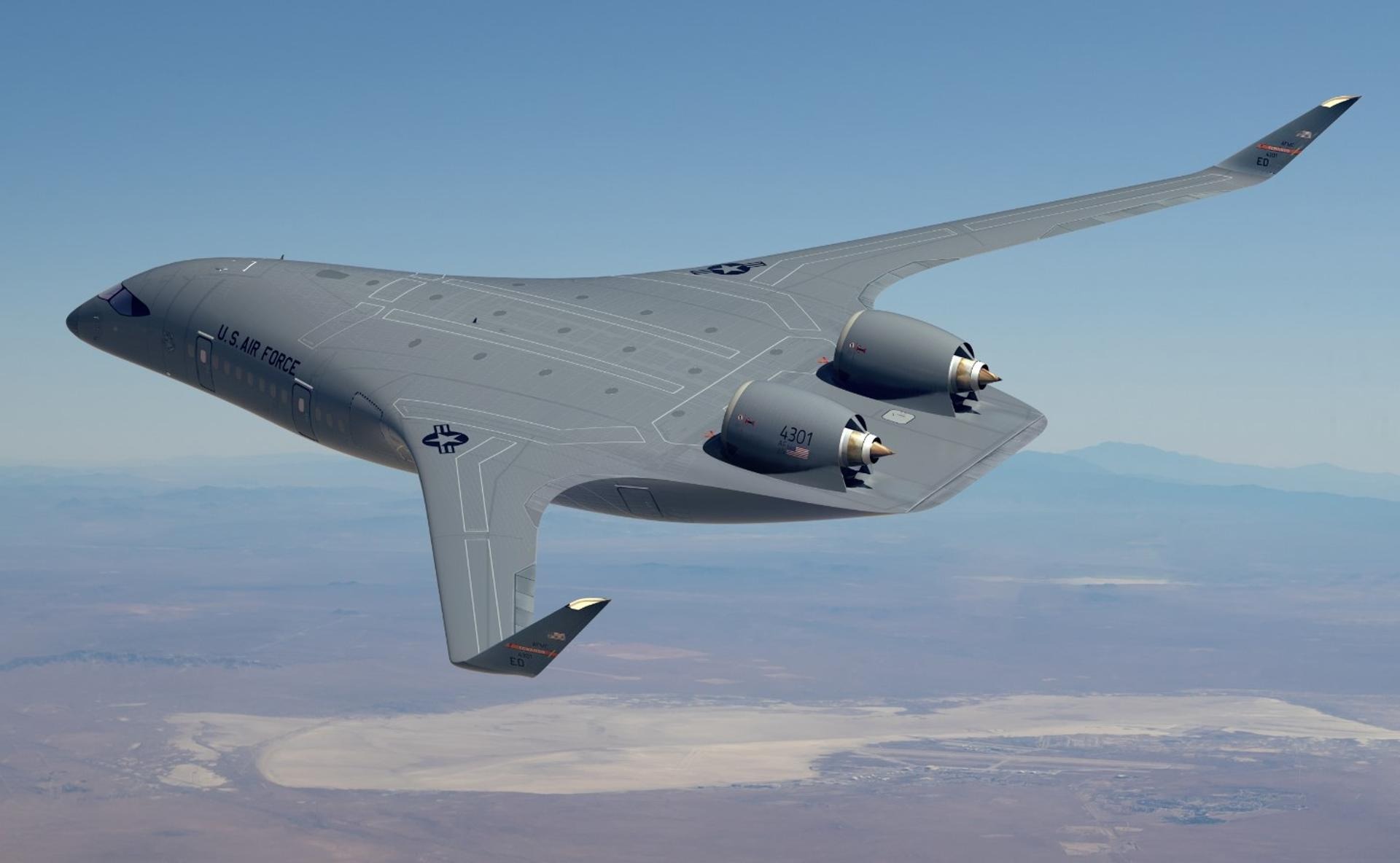The US Air Force has recently stipulated a $235 million contract with JetZero to build a prototype mixed-wing aircraft. This decision is part of a research and development context aimed at improving the efficiency of military air transport. According to estimates by the US military, transport planes consume 60% of the total fuel used, equal to 4,5 billion liters per year. The blended wing, which combines features of conventional and flying-wing aircraft, could significantly reduce these consumptions. The goal is to have an operational prototype by 2027.
The importance of the mixed wing
The blended wing is not just a novelty in aeronautical design. It is a fusion between the traditional structure of airplanes and that of flying wings, which promises to bring significant advantages in terms of efficiency and reduction of consumption. This technology could represent a turning point for the aviation industry, offering more sustainable and environmentally friendly solutions.
The role of JetZero
JetZero was selected by the US Air Force for her industry experience and expertise. The company is tasked with transforming the vision of the mixed wing into a tangible reality, overcoming the technical and engineering challenges that a project of this magnitude inevitably entails. Collaboration between the US Air Force and JetZero could lead to significant innovations in military aircraft design and functionality.

Benefits and challenges of the mixed wing
The adoption of the mixed wing could lead to a reduction of drag coefficient by at least 30%, with a consequent increase in efficiency. This design allows the fuselage to be transformed into an aerodynamic profile that generates lift together with the wings, reducing noise and allowing significant fuel savings. The lack of windows could represent (at least for the moment) a challenge for civilian passenger service. For military applications, however, the emphasis would be on in-flight refueling and cargo transport tanks.
A vision for the future
While waiting for 2027 to arrive, the year in which the first prototype should be launched, it is clear that the mixed wing could represent the future of aviation. As the Secretary of the Air Force pointed out Frank Kendall, mixed-wing aircraft “have the potential to significantly reduce fuel demand and increase global reach.” Its potential impact on the environment and the convergence with new flexible display technologies makes me think that in a given future civil aircraft will also be of this type: inside them, instead of the old windows, the entire internal surface of the aircraft If necessary, it will become a large screen that can show the external view (or any other type of scenario).
The mixed wing, in short, could represent (with other inventions such as the hypersonic flight) a new era for aviation with benefits that go far beyond simply reducing consumption. We hope for a more "civilized" future, with positive effects in fields that are not always the military ones, which are unfortunately always privileged.


